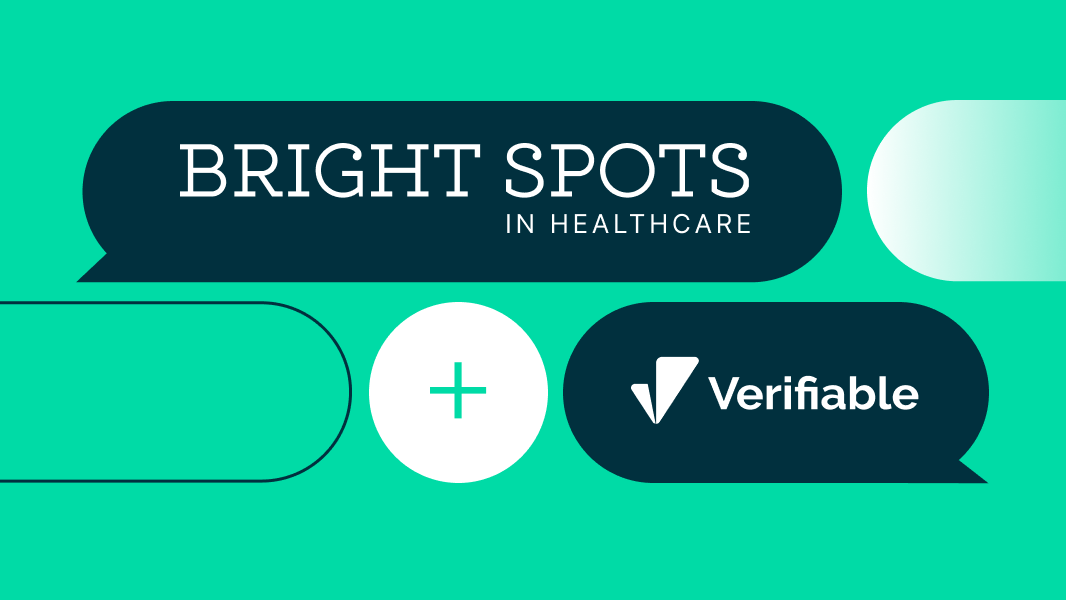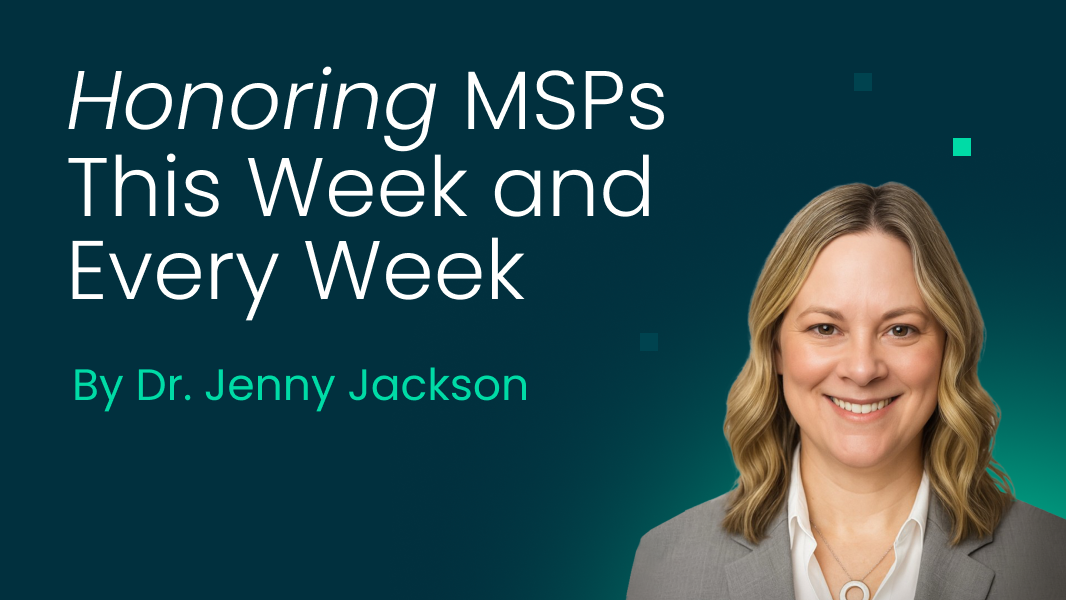When it comes to ensuring patient safety and maintaining healthcare compliance, provider network monitoring is a legal must. To remain compliant with the National Committee for Quality Assurance (NCQA) and other regulatory bodies, care networks must regularly monitor provider NPI numbers, exclusions & sanctions, DEA statuses, board certifications, and more.
There are more than a dozen regulatory standards for provider licensure that must be monitored each and every month. Even when this is extrapolated across a small provider network, this equals thousands of data points to monitor, alert, and respond to.
This is where the benefit (and necessity) of ongoing provider monitoring comes in.
Read on as we break down what provider network monitoring is, share four reasons why it matters, and discuss the benefits of automated provider network software.
What is Ongoing Provider Network Monitoring?
Ongoing provider network monitoring is best defined by the word “ongoing”. Instead of manual weekly or monthly provider compliance checks, care delivery networks can automatically pull regulatory data 24/7. Hence, ongoing network monitoring rather than one-off checks.
Ongoing provider network monitoring is like having a dedicated team of sleuths constantly sifting through state and federal databases to ensure providers are in compliance. The more up-to-date information you have about your provider network from required and recommended source checks, the better.
Check out this list of state and federal source checks required for provider monitoring each month (at minimum):
Required State and Federal Source Checks
- OIG (Office of Inspector General): Checks for provider exclusions from federal reimbursement programs due to misconduct or fraud.
- SAM (System for Award Management): Screens for debarred or excluded individuals/entities to prevent fraud.
- NPDB (National Practitioner Data Bank): Provides real-time notifications of adverse actions taken against providers.
- State Sanctions and Exclusions: Ensures compliance with state regulations by excluding providers disciplined by state enforcement agencies.
- Medicare Opt-Out: Identifies providers who choose not to receive reimbursement from Medicare.
Other Recommended State and Federal Source Checks
- DEA Registration: Verifies providers' registration status to prevent drug misuse and fraudulent prescriptions.
- NPI Verification: Facilitates financial transactions by verifying a provider's NPI to avoid billing delays.
- SSA-DMF (Social Security Administration Death Master File): Checks for deceased individuals to prevent fraudulent activity.
- OFAC (Office of Foreign Assets Control): Ensures providers and partners are not associated with sanctioned or restricted entities.
- State Licenses: Verifies licenses from over 200 state and national sources for any marks such as suspension, revocation, or expiration.
When you take into account the number of required and recommended regulatory source checks, automated ongoing provider monitoring becomes the clear answer.
4 Reasons Why Ongoing Network Monitoring Matters
Before we talk about the power of network monitoring software to automate checks, let’s reinforce why provider monitoring matters:
- Delivering Patient Safety and Quality Care: Ongoing network monitoring identifies providers who may put patients and care delivery organizations at risk. Without regular monitoring, providers who may pose risks due to malpractice, legal penalties, or disciplinary actions, can slip through the cracks.
- Upholding Regulatory Compliance and Trust: Continuous monitoring ensures compliance with regulatory standards set by organizations like the NCQA, The Joint Commission, and URAC. Upholding these standards is a requirement for practice, and maintains trust with stakeholders, including patients, regulatory bodies, and providers.
- Avoiding Misuse of Government Funds and Mitigating Financial Risks: Monitoring helps minimize financial risks associated with reimbursing excluded individuals or entities. By staying on top of any excluded, sanctioned, expired, suspended or revoked licensed providers, healthcare orgs can avoid penalties, legal action, and other negative financial and reputational impacts. They can also take proactive measures to maintain the integrity of the Medicare program by staying on top of fraudulent and suspicious billing activities.
- Fostering Accountability and Audit Readiness: Regular network monitoring demonstrates a commitment to accountability but also helps with audit readiness. The ROI of provider data transparency within healthcare organizations includes cost-savings but also easier compliance. By maintaining thorough documentation of monitoring activities, organizations are well-prepared to respond to regulatory audits and reviews. This proactive approach promotes trust and credibility while facilitating a smoother audit process, minimizing disruptions and future compliance issues.
The Role of Automation in Network Monitoring & Compliance Ease
Without the right ongoing network monitoring solution, maintaining compliance is a massive administrative lift. For legacy healthcare systems that rely on manual downloads and Excel spreadsheet checks, it’s a literal full-time job (think a small army of in-house medical credentialing specialists).
Network monitoring automation plays a pivotal role in streamlining and enhancing provider monitoring processes. Simply, without automation, it’s next to impossible to stay on top of the required and recommended provider monitoring checks—let alone keeping up with provider re-credentialing requirements.
Automated license monitoring systems, like Verifiable, enable near real-time data collection and analysis for compliance checks. To do this at scale, Verifiable is always “listening” for changes from key sources on an ongoing basis and only alerts when action is required. This allows organizations to maintain meticulous, up-to-date records of compliance activities, establishing comprehensive documentation of all monitoring efforts. This streamlines the audit preparation process, promoting regulatory review confidence.
Why Automated Network Monitoring Helps Care Delivery Organizations Win:
- Real-time Risk Identification: Daily, automated network monitoring enables real-time identification of risks or non-compliance with heightened vigilance. Automated alerts and notifications enable proactive issue resolution and mitigate risks promptly.
- Efficient Resource Utilization: Automation streamlines monitoring processes, reducing the need for in-house medical credentialing specialists and monitoring teams. This frees up resources for strategic initiatives while maintaining even greater oversight.
- Enhanced Compliance and Proactive Issue Resolution: Automated monitoring secures continuous adherence to regulatory standards, reducing the likelihood of compliance breaches and associated penalties. In addition, intelligent license monitoring can pull in greater numbers of monitoring sources for super-charged compliance (we’ll break these sources down shortly).
- Improved Audit Preparedness: Network monitoring software facilitates thorough documentation of monitoring activities, ensuring organizations are audit-ready at all times and can easily demonstrate compliance with all regulatory bodies and requirements.
TL;DR Why Ongoing Provider Network Monitoring Matters
Ongoing monitoring for network compliance is essential for ensuring the integrity and ethical conduct of healthcare providers. Automation plays a pivotal role in efficiently managing the vast amount of data required for monitoring, alleviating the burden of manual oversight. By staying vigilant and leveraging key sources, providers can uphold NCQA standards and prevent fraud or misconduct.
To sum it up, ongoing provider monitoring helps your care delivery organization to:
- Ensure patient safety and quality care by identifying risky providers
- Uphold regulatory compliance standards, maintaining trust with stakeholders
- Minimize financial risks and prevent the misuse of government funds
- Foster accountability and audit readiness, promoting transparency and efficiency in regulatory processes
Looking for more reasons why automated provider network monitoring is the right choice for your healthcare organization? Read our comprehensive guide on the subject.

.svg)



